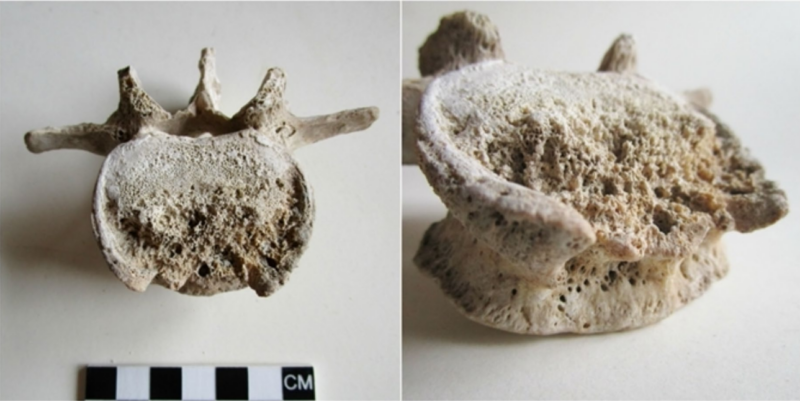-
 chevron_right
chevron_right
US woman headed to jail for refusing TB treatment for over a year
news.movim.eu / ArsTechnica · Friday, 3 March, 2023 - 13:40 · 1 minute

Enlarge / Mycobacterium tuberculosis . (credit: Getty | NIH/NIAID )
A judge in Washington issued an arrest warrant Thursday for a Tacoma woman who has refused to have her active, contagious case of tuberculosis treated for over a year, violating numerous court orders. The judge also upheld an earlier order to have her jailed, where she would be involuntarily tested and treated in isolation.
On Thursday, the woman attended the 17 th court hearing on the matter and once again refused a court order to isolate or comply with testing and treatment—an order that originally dates back to January 19, 2022. Pierce County Superior Court Judge Philip Sorensen rejected her objections to being treated and upheld a finding of contempt. Though it remains unclear what her objections are, the woman's lawyer suggested it may be a problem with understanding, according to The News Tribune . The Tacoma-Pierce County Health Department, however, argued that she “knowingly, willfully, and contemptuously violated this court’s orders,” noting the lengthy process and numerous proceedings and discussions in which interpreters, translated documents, and speakers of her native language were made available.
Sorenson ordered a civil warrant for her arrest , to be enforced on or after March 3, and again ordered her to jail to undergo involuntary testing and treatment until health officials deem it safe to release her. The order also authorized the Pierce County Jail to place her in a facility equipped to handle her isolation, testing, and treatment.

